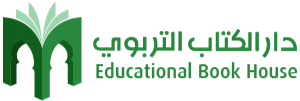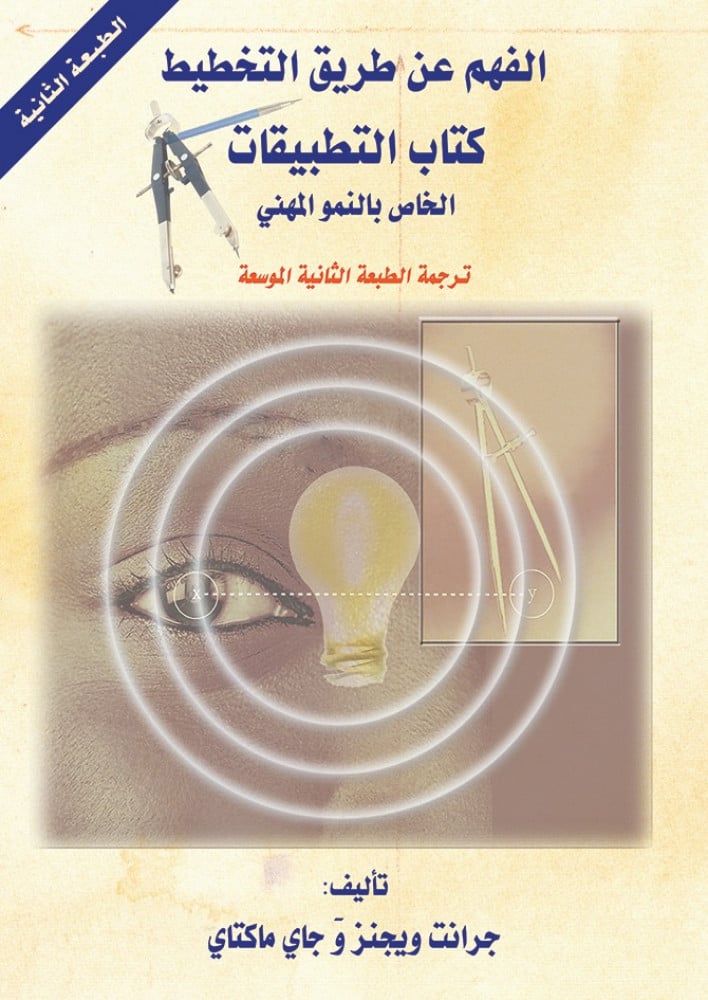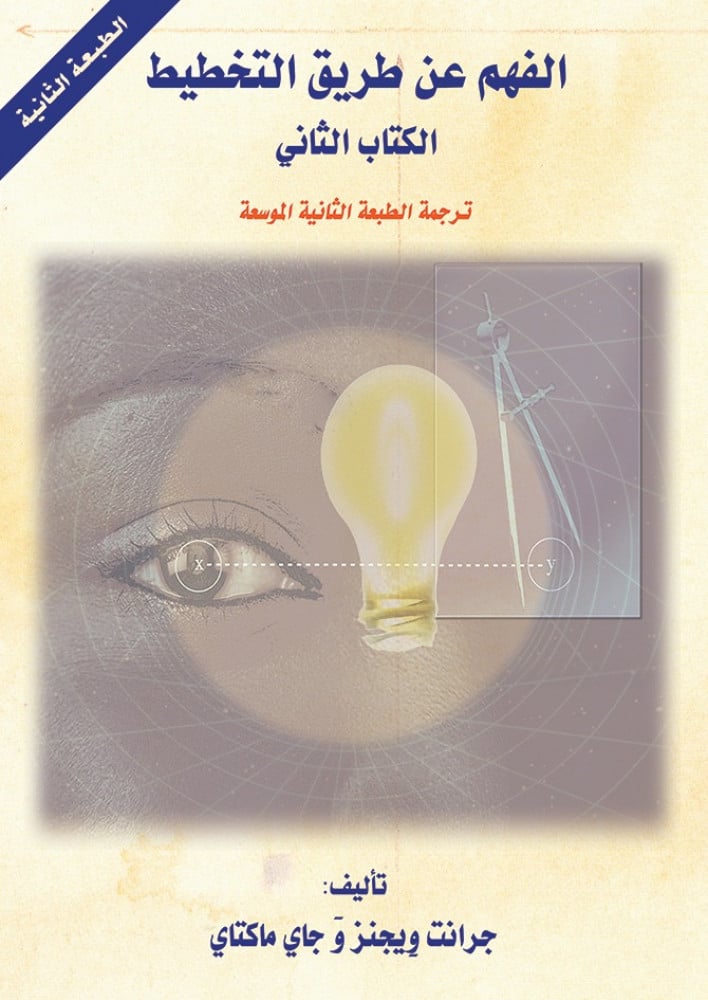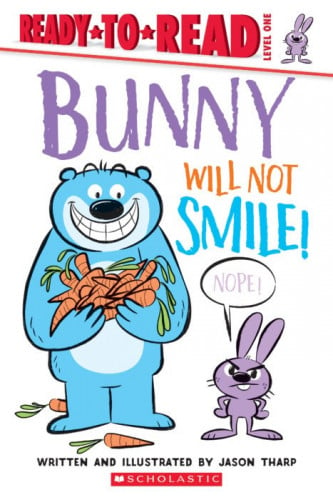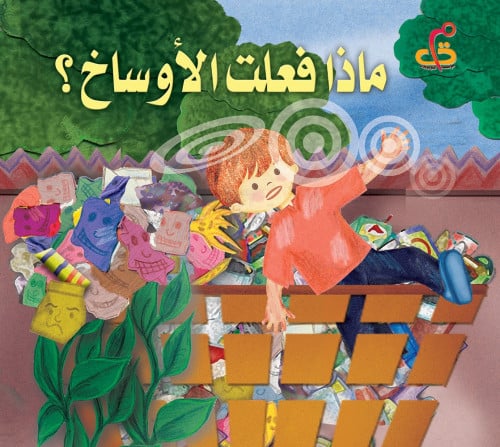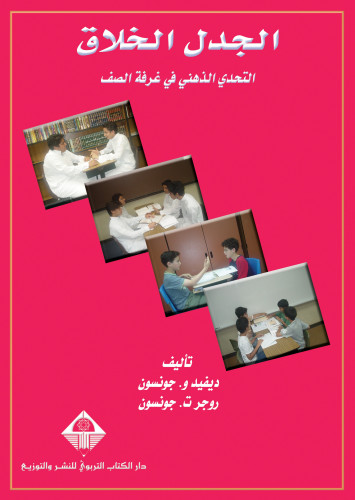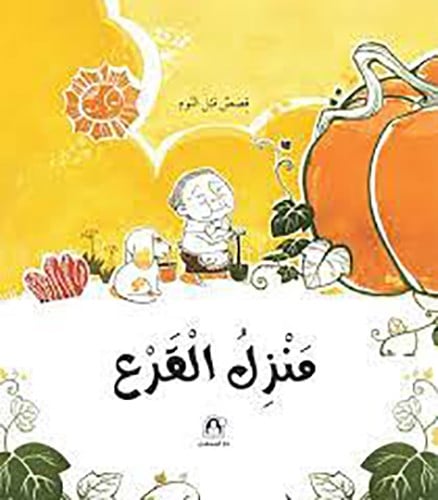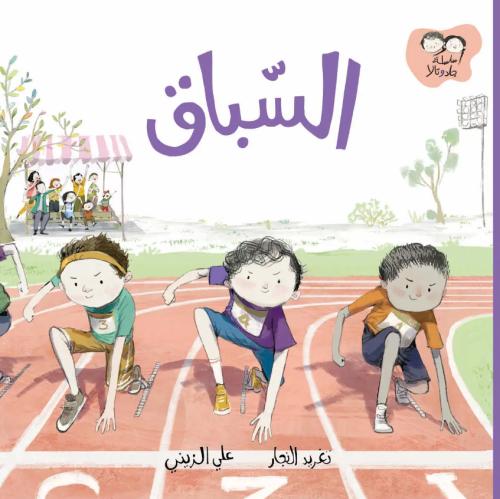UNDERSTANDING BY DESIGN
About This Book
First & Second Books: Understanding by Design
What is understanding and how does it differ from knowledge? How can we determine the big ideas worth understanding? Why is understanding an important teaching goal, and how do we know when students have attained it? How can we create a rigorous and engaging curriculum that focuses on understanding and leads to improved student performance in today’s high-stakes, standards-based environment?
Authors Grant Wiggins and Jay McTighe answer these and many other questions in this second edition of Understanding by Design.
Drawing on feedback from thousands of educators around the world who have used the UbD framework since its introduction in 1998, the authors have greatly revised and expanded their original work to guide educators across the K–16 spectrum in the design of curriculum, assessment, and instruction.
With an improved UbD Template at its core, the book explains the rationale of backward design and explores in greater depth the meaning of such key ideas as essential questions and transfer tasks. Readers will learn why the familiar coverage- and activity-based approaches to curriculum design fall short, and how a focus on the six facets of understanding can enrich student learning.
With an expanded array of practical strategies, tools, and examples from all subject areas, the book demonstrates how the research-based principles of Understanding by Design apply to district frameworks as well as to individual units of curriculum.
Combining provocative ideas, thoughtful analysis, and tested approaches, this new edition of Understanding by Design offers teacher-designers a clear path to the creation of curriculum that ensures better learning and a more stimulating experience for students and teachers alike
Topics : Planning
Table Of Content
List of Figures
Preface
Acknowledgments
Introduction
1. Backward Design
2. Understanding Understanding
3. Gaining Clarity on Our Goals
4. The Six Facets of Understanding
5. Essential Questions: Doorways to Understanding
6. Crafting Understandings
7. Thinking like an Assessor
8. Criteria and Validity
9. Planning for Learning
10. Teaching for Understanding
11. The Design Process
12. The Big Picture: UbD as Curriculum Framework
13. "Yes, but ... "
Afterword: Getting Started
Appendix: Sample 6-Page Template
Endnotes
Glossary
Bibliography
Index
About the Authors
About This Book
Third book: Understanding by Design Professional Development Worbook
Understanding by Design Professional Development Workbook extends the ideas presented in Understanding by Design (UbD) by focusing on professional development and the practical matters of curriculum design. The Workbook is a guide for Understanding by Design workshops and undergraduate and graduate-level courses, as well as further independent exploration. It provides a valuable resource to educators in developing curricula and assessments with a focus on developing and deepening students’ understanding of important ideas.
The Workbook contains the following materials to support your professional development and application of the ideas within Understanding by Design:
Design Templates—planning organizers based on the three stages of backward design for use in developing a unit or course. One-, two-, and six-page versions of the UbD templates are provided.
Design Standards—criteria for reviewing curricular designs as a means of continuous improvement. The UbD standards guide self-assessment and peer reviews, whereby colleagues provide feedback and guidance on each other’s designs.
Exercises and Process Tools—thought-provoking workshop activities for developing and deepening participants’ understanding of the key ideas of UbD. A set of review and reflection tools is included.
Design Tools—a variety of graphic organizers and worksheets are included to assist designers in each stage of backward design.
Samples—multiple examples from diverse subject areas and levels illustrate the various elements of understanding-based designs.
Glossary—definitions of key terms.
Preservice and inservice teachers, college professors, school-based administrators, curriculum directors, subject-matter specialists, staff developers, and personnel involved in assessment and evaluation can benefit from these practical and proven ideas and resources.
Topics : Planning
Table Of Content
List of Figures
Preface
Acknowledgments
Introduction
1. Backward Design
2. Understanding Understanding
3. Gaining Clarity on Our Goals
4. The Six Facets of Understanding
5. Essential Questions: Doorways to Understanding
6. Crafting Understandings
7. Thinking like an Assessor
8. Criteria and Validity
9. Planning for Learning
10. Teaching for Understanding
11. The Design Process
12. The Big Picture: UbD as Curriculum Framework
13. 'Yes. But... "
Afterword: Getting Started
Appendix: Sample 6-Page Template
Endnotes
Glossary
Bibliography
Index
About the Authors
About the Authors
Jay McTighe:

Jay McTighe brings a wealth of experience developed during a rich and varied career in education. He served as director of the Maryland Assessment Consortium, a state collaboration of school districts working together to develop and share formative performance assessments. Prior to this position, Jay was involved with school improvement projects at the Maryland State Department of Education where he directed the development of the Instructional Framework, a multimedia database on teaching.
Jay is well known for his work with thinking skills, having coordinated statewide efforts to develop instructional strategies, curriculum models, and assessment procedures for improving the quality of student thinking. In addition to his work at the state level, Jay has experience at the district level in Prince George’s County, Maryland, as a classroom teacher, resource specialist, and program coordinator. He also directed a state residential enrichment program for gifted and talented students. Jay is an accomplished author, having coauthored 10 books, including the best-selling Understanding by Design series with Grant Wiggins. He has written more than 30 articles and book chapters, and has published in leading journals, including Educational Leadership (ASCD) and The Developer (National Staff Development
Council).
Jay has an extensive background in professional development and is a regular speaker at national, state, and district conferences and workshops. He has made presentations in 47 states within the United States, in 7 Canadian provinces, and 18 other countries on 5 continents.
Jay received his undergraduate degree from the College of William and Mary, earned his master’s degree from the University of Maryland, and completed postgraduate studies at the Johns Hopkins University. He was selected to participate in the Educational Policy Fellowship Program through the Institute for Educational Leadership in Washington, D.C., and served as a member of the National Assessment Forum, a coalition of education and civil rights organizations advocating reforms in national, state, and local assessment policies and practices. Contact information: Jay McTighe, 6581 River Run, Columbia, MD 21044-6066 USA. E-mail: [email protected].
Grant Wiggins:

Grant Wiggins is president of Authentic Education in Hopewell, New Jersey. He earned his EdD from Harvard University and his BA from St. John’s College in Annapolis. Grant and his colleagues consult with schools, districts, and state and national education departments on a variety of reform matters. He and his colleagues also organize conferences and workshops, and develop print and web resources on key school reform issues.
Grant is perhaps best known for being coauthor, with Jay McTighe, of Understanding by Design, the award-winning and highly successful program and set of materials on curriculum design used all over the world, and of Schooling by Design. He is also a coauthor for Pearson Publishing on more than a dozen textbook programs in which UbD is infused. His work has been supported by the Pew Charitable Trusts, the Geraldine R. Dodge Foundation, and the National Science Foundation.
For 25 years, Grant has worked on infl uential reform initiatives around the world, including Ted Sizer’s Coalition of Essential Schools; the International Baccalaureate Program; the Advanced Placement Program; state reform initiatives in New Jersey, New York, and Delaware; and national reforms in China, the Philippines, and Thailand.
Grant is widely known for his work in assessment reform. He is the author of Educative Assessment and Assessing Student Performance, both published by Jossey- Bass. He was a lead consultant on many state assessment reform initiatives, such
as the portfolio project in Vermont and performance assessment consortia in New Jersey and North Carolina.
Several journals have published Grant’s articles, including Educational Leadership and Phi Delta Kappan. His work is grounded in 14 years of secondary school teaching and coaching. Grant taught English and electives in philosophy, coached varsity soccer and cross country, as well as junior varsity baseball and track and fi eld. He also plays in the Hazbins, a rock band. Grant may be contacted at grant@ authentic education.org.
ISBN: 9789960863429
Author: Grant Wiggins & Jay McTighe
Publisher: Educational Book House
Publish Year: 2015
Size: 17*24cm
Pages number: 925
